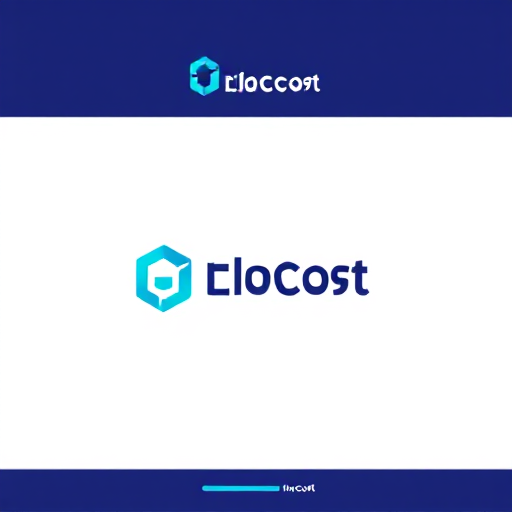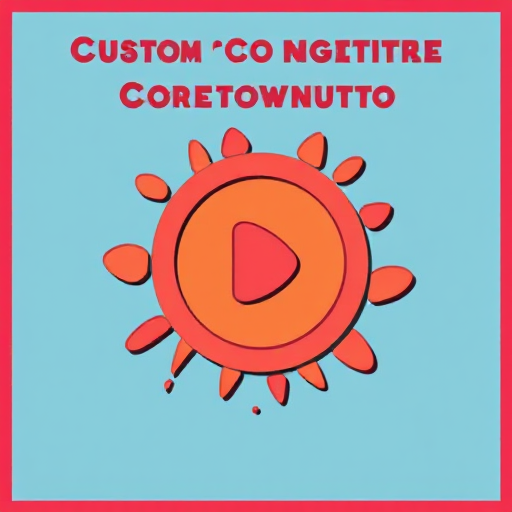Content Writing Vs Content Creation
In the modern digital landscape, both content writing and content creation play crucial roles in building online presence, engaging audiences, and driving business goals. While these terms are often used interchangeably, they refer to distinct processes and skills involved in producing digital content.
This article explores the differences between content writing and content creation, highlighting their unique features, purposes, and how they contribute to overall content strategies.
Find Out How To Make Money As A Full-Time Writer/Blogger Guide.
What is Content Writing?
Content writing refers specifically to the creation of written material, typically for digital platforms. The primary goal of content writing is to communicate ideas, provide information, or persuade the reader through carefully crafted text. It is a key component of online marketing, SEO, and user engagement strategies.
Key Features of Content Writing:
- Purpose: To inform, engage, persuade, or convert readers. Often used for marketing, educational, or informational purposes.
- Formats: Blog posts, articles, website copy, product descriptions, email newsletters, social media posts, white papers, and more.
- SEO Optimization: Content writing often involves optimizing text with relevant keywords, meta descriptions, and internal links to improve search engine rankings.
- Tone and Style: Varies based on the target audience and platform, from professional and formal to conversational and casual.
- Objective: Content writing generally aims to improve engagement, build brand authority, and drive traffic or sales.
What is Content Creation?
Content creation is a broader term that encompasses the development of any type of media for digital platforms. While content writing is a subset of content creation, the latter includes a variety of formats beyond written text, such as visuals, videos, podcasts, infographics, and more.
Key Features of Content Creation:
- Purpose: To engage audiences through a variety of formats. The goal is often to create shareable, engaging, and memorable content that resonates with users.
- Formats: Includes text, images, videos, infographics, podcasts, memes, animations, and interactive content.
- Multimedia Focus: Content creation focuses on delivering information in visually appealing or auditory ways, which can include visual storytelling or audio content.
- Platform-Specific: Content creation often varies by platform. For example, YouTube videos, Instagram photos, TikTok short-form videos, and Pinterest infographics all require different approaches.
- Objective: Content creation is focused on engaging users through various media formats, building brand awareness, and encouraging interaction or shares.
You Can Start A News Blog To Get Fast Grow
Key Differences Between Content Writing and Content Creation
- Scope
- Content Writing: Narrower in scope, focusing solely on creating written material such as articles, blog posts, product descriptions, or social media captions.
- Content Creation: Broader in scope, including various forms of media such as videos, podcasts, infographics, images, and interactive content.
- Formats
- Content Writing: Involves only text-based formats that require strong writing skills, research, and SEO knowledge.
- Content Creation: Encompasses various multimedia formats such as videos, graphics, animations, photography, and podcasts, along with written content.
- Skills Required
- Content Writing: Requires proficiency in writing, research, grammar, editing, and often SEO.
- Content Creation: May require a range of skills, including graphic design, video production, photography, sound editing, and creative software tools like Adobe Photoshop or Canva.
- Engagement
- Content Writing: Engages users primarily through the written word, conveying ideas and driving interaction through text.
- Content Creation: Engages users through various senses, including visual and auditory, offering a more immersive and often faster form of interaction.
- Audience Reach
- Content Writing: Effective for readers who prefer detailed information, analysis, or storytelling through text.
- Content Creation: Appeals to a wider range of users by offering more varied and engaging formats like videos or infographics, which can reach different segments of the audience.
Get 20 Blog Post For A Price Of Coffee: Content Is King
When to Use Content Writing vs. Content Creation
Use Content Writing when:
- You need to provide detailed information, research, or analysis on a topic.
- Your audience values written content, such as blog readers or newsletter subscribers.
- SEO optimization is a priority, and you need to drive traffic through keywords and text-based content.
- You’re building a brand’s authority through thought leadership or long-form content.
Use Content Creation when:
- You want to engage users quickly with visual or audio content (such as videos or infographics).
- You’re promoting content on social media platforms where visual content performs better (e.g., Instagram, TikTok, YouTube).
- You’re creating content for different media channels, such as podcasts, videos, or image-based content.
- Your goal is to encourage shares, likes, and other forms of user engagement across multiple formats.
How Content Writing and Content Creation Work Together
Although content writing and content creation are distinct, they often complement each other in digital marketing and content strategies. Businesses and marketers frequently use a combination of both to attract, engage, and convert audiences across different channels.
Example of How They Work Together:
- A blog post (content writing) can be paired with an engaging infographic (content creation) to illustrate key points visually.
- Social media captions (content writing) are often paired with high-quality visuals, videos, or memes (content creation) to boost engagement.
- An article on a brand’s website can be turned into a video tutorial or podcast episode to appeal to different audience preferences.
By integrating both content writing and content creation, businesses can provide a richer, more versatile experience for their audience, catering to various preferences and learning styles.
Conclusion
While content writing and content creation share the common goal of engaging and informing audiences, they differ in format, skills, and scope. Content writing focuses on crafting text-based content, while content creation encompasses a wide range of media, including videos, images, and audio.
Both are essential elements of a comprehensive content strategy, and understanding when to use each can significantly improve the effectiveness of your marketing efforts. By combining well-written articles, blogs, and copy with engaging multimedia content, businesses can better capture their audience’s attention and meet their digital marketing objectives.







